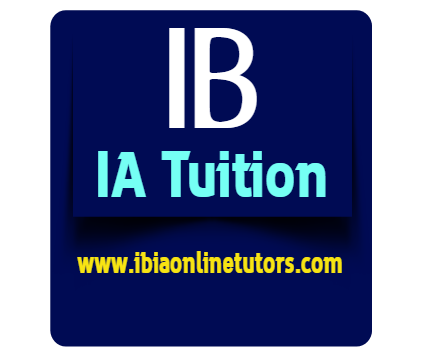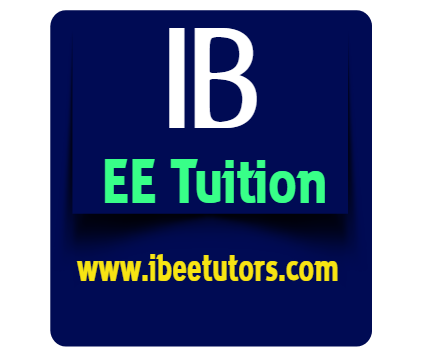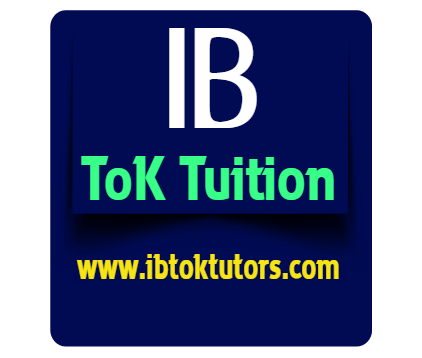IB Elite Academy provides highly experienced IB Tok tutors for IB Tok Essay and IB ToK Commentary Tuition. Register now for a FREE 1 hour demo session.
IB ToK Commentary Tuition
The exhibition is an individual project worth 33% of your final grade in Theory of Knowledge. Basically you choose from one of 35 prescribed questions and answer it, using 3 real objects as your evidence. This page will show you how to get full marks.
The exhibition has two parts. First is the presentation or display aspect. Each school will do this part differently. The second part is the 950 word written commentary and this is what counts toward your final IB grade.
There is a lot you need to know about the exhibition, so I’ve created a 7-video course you can use to do a full-mark exhibition. It (along with brand new notes for every TOK theme) are already available to IB Elite Academy subscribers. You can access them by taking a free trial here).
Okay, here is the structure you can follow to get full marks in your exhibition on commentary. This structure isn’t mandatory, but it works well. We’ll use Prompt 1, “What counts as knowledge?” for our example. If you’d like to see the entire sample I created of you, that’s also available in the video mini-course.
Title
What to write:
-
-
- Write (or better-yet paste) the prompt you chose at the top of the document, in bold and centred. Make sure it is exactly the same as it is written in the guide and include the prompt number with it. (Here is the list.)
- For example: “1. What counts as knowledge?”
-
Introduction (30 words)
What to write:
-
-
- An introduction isn’t required (so you can skip this part if you want), but a short one is helpful to frame your exploration.
- State what you’re taking the prompt question to mean.
- Explain why it is an interesting question to explore, what your first thoughts on the prompt are or why it’s more complicated than it might seem at first.
- For example, “One popular definition of knowledge is that it is “justified true belief.” However, there are many different types of knowledge and some of them don’t fit neatly within that definition.” (That’s 30 words)
-
Object 1 (290 words)
What to write:
-
-
- Start with an image of your first object. Centre it on the page, and make it around ¼ of the page in size, so it’s easy to see. This image should be taken by you, rather than an image you found online.
- Explain what the image is and it’s real-world context in your life– where and how you used it. Or, if you’re talking about something that you don’t use yourself (i.e. a Donald Trump tweet), then explain the real-world context it exists in.
- Make it clear that this is a real object, which you know about. For example, “This is the calculator I use in SL Maths, especially to graph functions –such as this one “f(x)=1/x”. The TI-84 allows me to graph functions without really understanding what functions even are. I still sometimes have difficulty explaining why this function works like this, or why it is a rational function, but the calculator allowed me to know what every point on the graph looks like.”
- Link the context of the image to your prompt question. Tell us what your object suggests is the answer to the prompt. For example, “This leaves open the question, of how much knowledge I have of functions.” (This example is continued in the members area).
- Include very clear links to the between the object and the prompt question. Make sure these links are well-explained.
- Make sure it’s clear how the “specific real-world context” of your object makes it a good example of the thing you’re trying to show (i.e. How the way I’ve been using the calculator could make it perhaps unclear whether my ability to graph the function would make it count as knowledge or not (Remember: the prompt we chose was 1. What counts as knowledge?, so we’re always linking the object back to that prompt).
-
Object 2 (290 words)
What to write:
-
-
- Show the image of your second object.
- Explain the context of your second object and develop this explanation.
- Link your explanation of the context to your prompt
- Make sure the point you’re making about the prompt, using your second object, is not the same point you’ve made before.
-
Object 3 (290 words)
What to write:
-
-
- Show the image of your third object.
- Explain the context of your third object and develop this explanation.
- Link your explanation of the context to your prompt
- Make sure the point you’re making about the prompt, using your third object, is not the same point you’ve made before.
-
Conclusion (50 words)
What to write:
-
-
- Summarize and very briefly synthesize what your 3 objects have shown is the answer (or are the answers) to your prompt question.
- Use your object to comment on the Prompt question and to talk about how Theory of Knowledge manifests in the world around us.
-
And that’s it for the structure.
There is a lot more you need to know about the exhibition, so I really recommend watching the 7 videos I made for you. Once you’ve subscribed you can get them right here, plus a lot of other helpful resources for every IBDP course.










